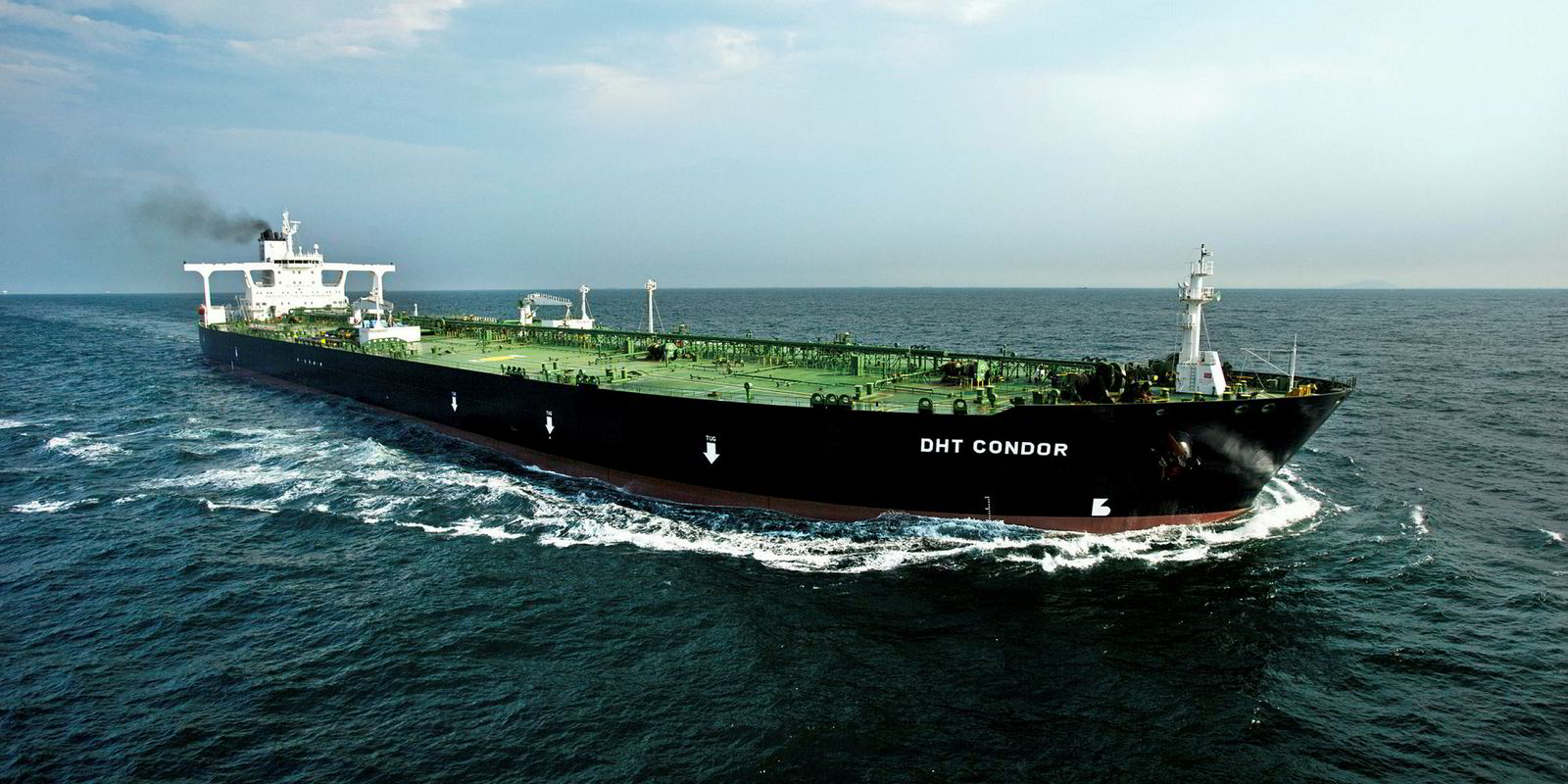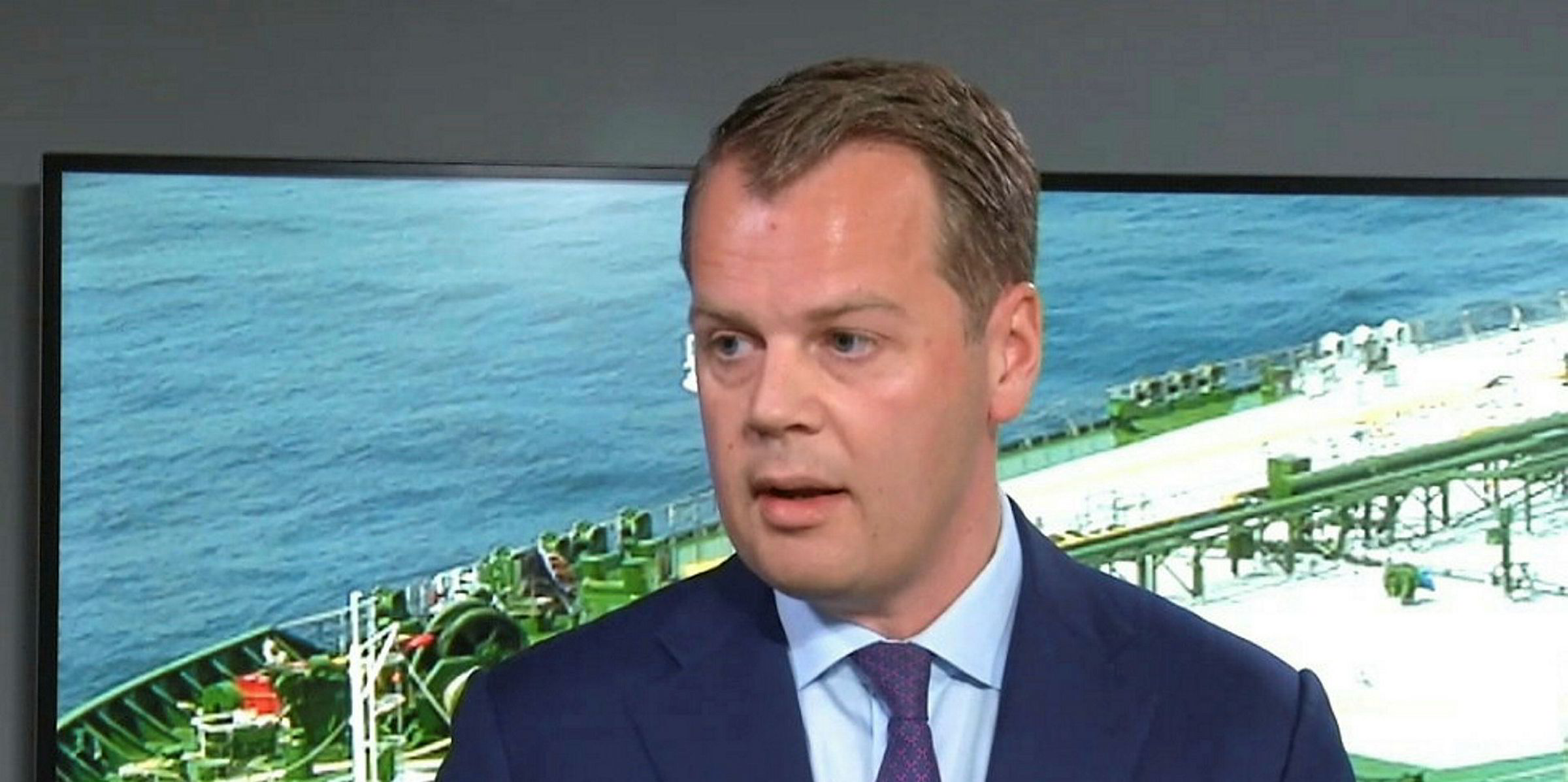Spot earnings for VLCCs have fallen to slightly more than operating expenses thanks to the refinery maintenance season in Asia, reduced crude exports from the US Gulf and large newbuilding tonnage entering the market.
On the Baltic Exchange, time charter-equivalent earnings for VLCCs on the benchmark Middle East Gulf-China route were assessed at around $7,800 per day yesterday.
This was slightly higher than a trough of $7,749 per day on 4 April, but still much lower than the early March level of $39,100 per day.
Already plagued by Opec production cuts, fixture activity in the Middle East has slowed further as Asian refineries enter heavier-than-usual maintenance in preparation for IMO 2020, according to market participants.
Data from Tankers International showed 152 VLCCs were fixed to lift from the Middle East in March, compared with the average level of 163 vessels. The number of fixtures is also below average for the beginning of April.
Downward spiral
“The VLCC sector continued its downward spiral. We are now about two-thirds of the way through the April cargo programme in the [Middle East], and on a pace that is 5% below the March programme,” shipbroker Charles R Weber said in a note.
Citing Platts data, Braemar ACM suggests 900,000 barrels per day (bpd) of refinery capacity is likely to be offline in China this month, and even more capacity will be under maintenance in May.
When China is excluded, the International Energy Agency expects total crude throughput in emerging Asia to fall to 10.3 million bpd in the second quarter from 10.6 million bpd in the first quarter.
The market weakness has spread to the Atlantic basin, where US Gulf crude exports have taken a dip amid continued traffic disruptions in Houston.
Having reached 3.39 million bpd in mid-March, total crude exports from the US dropped to 2.7 million bpd in the week to 29 March, according to the Energy Information Administration.
Spot VLCC earnings on the US Gulf-China route have dropped to about $11,600 per day, compared with $18,300 per day earlier this month.
To make matters worse, the market is experiencing a larger number of newbuilding deliveries that need to accept rates below market level for their maiden voyages.
Charterers that are able to open their doors to fixing newbuildings have been able to benefit further from advantageous rates as owners compete to find cargoes to break the first-voyage stigma
Galbraith's
“Charterers that are able to open their doors to fixing newbuildings have been able to benefit further from advantageous rates as owners compete to find cargoes to break the first-voyage stigma,” Galbraith's said.
According to Clarksons, 20 VLCCs have been delivered this year, compared with 39 VLCCs in the whole of 2018.
Recovery expected
Still, the spring weakness has not dampened the hope of a market recovery later this year for most market participants.
The IMO 2020 rules are to prompt higher crude runs and more floating storage demand from the second half of this year, while the growth of US crude exports will continue in the coming quarters, many have forecast.
“A protracted period of refinery maintenance is contributing to this [current weakness],” Arctic Securities said. “This is a seasonal situation to a large extent and thus will not be long-lasting.”
“VLCC rates year-to-date are roughly three times last year’s levels, reflecting a fundamentally stronger market. We thus look for a solid rebound once the refining cycle turns.”






